Cultural adornments: How clothes fashion identity and mask bigotry
By Khaled Diab
The clothes we wear speak volumes about our individual and collective identities. However, the history of fashion reveals that “western” and “eastern” traditions are not cut from different cloth but are an intricate patchwork foreign and local influences.
A family discussion about what constitutes traditional Belgian and Egyptian clothing, sparked by the curiosity of our Belgian-Egyptian son got me thinking about the relationship between fashion and identity. Iskander expressed his view that Egyptians and other Arabs were lucky because they still retain their own distinctive traditional dress. However, in reality, Arabs are not cut from such different cloth as Europeans.
Every society has its traditional clothing and almost every society has moved radically away from these traditions in recent times, though some have moved much further away than others. This has resulted in the unfortunate death of numerous unique local fashions but has also enabled greater fluidity and change. Nowadays, different societies around the world are distinguished less by radically different clothes but by subtle local differences in the styles, cuts, colours, tones and combinations they wear, not to mention hairstyles and gaits. For example, it is often possible to tell an Egyptian apart from, say, a Lebanese, not by any distinct national costume but by the difference in the tailoring of their clothes and their hairdos.
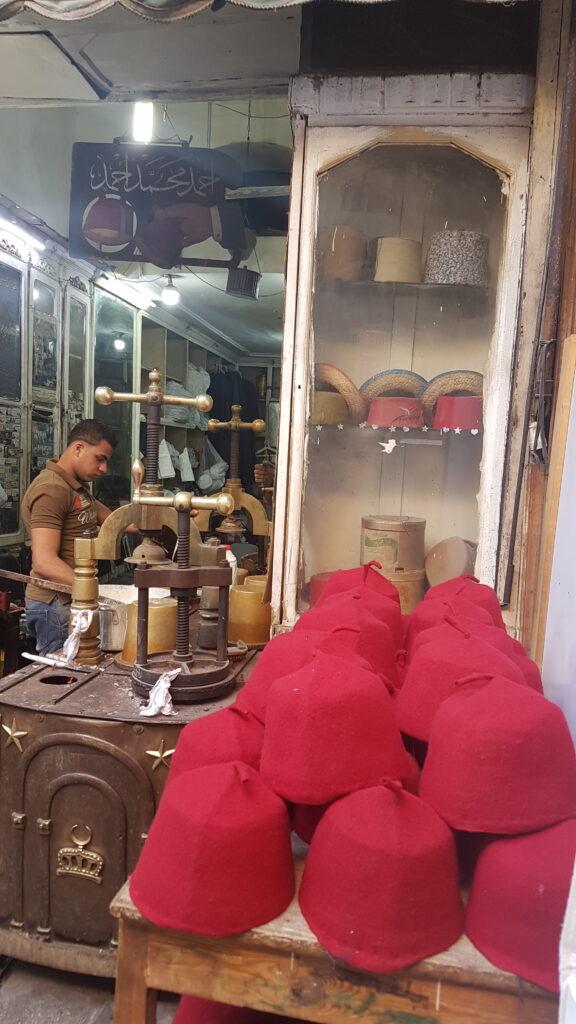
Unfortunate as this may be, it is not unique – except in its global scale and speed. Despite what traditionalists would have us believe, fashions invariably change with time, if not always with the seasons, and what is viewed as traditional today was once new, and was likely regarded by the conservatives of the time as radical and unauthentic. While traditional dress can, at a certain level, liberate people from the hegemony of cultural imperialism, this quest for authenticity can, paradoxically, lead to inauthenticity and exerts a stifling influence, holding back the change and innovation that is an intimate component of the human relationship to clothes.
Nevertheless, clothes play a significant cultural role in seamlessly understitching a sense of collective identity and belonging – sewing a sense of unity into collective identity. This can be seen in everything from official group identifiers like team jerseys, school uniforms and military fatigues to the unofficial ‘uniforms' worn by people belonging to certain groups and subcultures, including gang members, skaters, business people and even academics.
In Egypt, a popular proverb implores you to eat what you please but wear what pleases other people. Although I grasp the conformist logic behind this pearl of wisdom, I've never found it terribly wise. With so many self-appointed gatekeepers to acceptable fashion, who should you please and how far should go in appeasing them and, most importantly, why should you?
This adage, if at all applicable, is actually the wrong way round. In my experience, I have found myself far more likely to eat what pleases others and wear what pleases me, even though everyone is influenced at some level by what others wear. You see, food is often a highly social and communal activity. In fact, it can taste much better when consumed in groups. This means that, whether you are eating with family, friends or colleagues, you have to strike a compromise about what you are going to eat, sometimes conceding to eat what pleases the group but does not necessarily please yourself. The same simply does not go for clothes.
On a personal level, traditional items make up a small fraction of my wardrobe, most of which I do not wear regularly. This is partly because too much time separates me from these clothes for me to make a habit out of traditional habits, in the original sense of the word – I would feel a bit fake or an impostor, like a tourist going ‘native'. I prefer to accessorise my clothes with traditional elements, such as hats, scarves and embroidered shirts, not just from Egypt and the Middle East but also from Asia, Africa and Europe. These mixed cultural signals can sometimes cause confusion and place you in interesting situations.
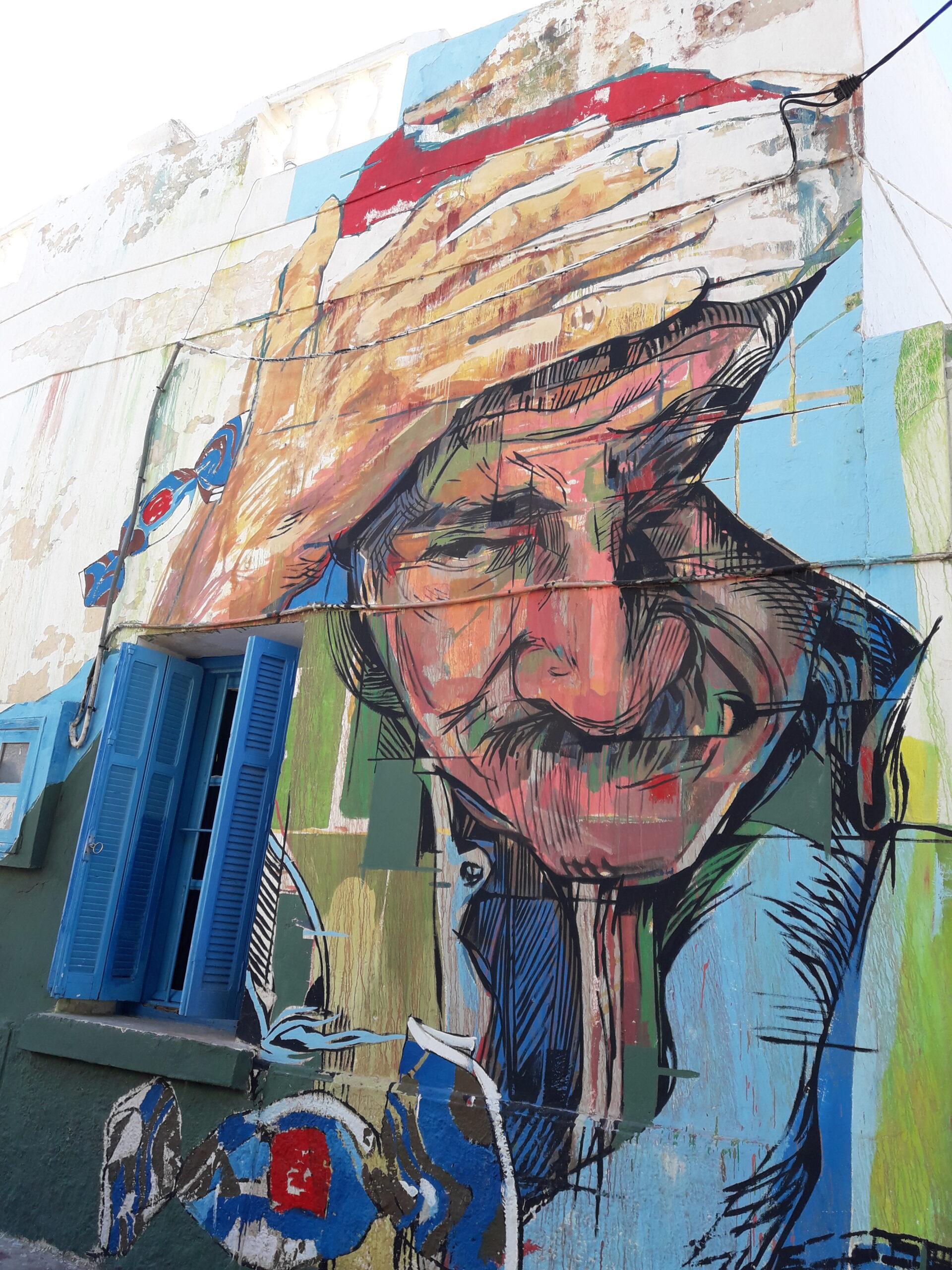
When wearing a Tunisian chechia (a traditional hat) in Europe, I have been stopped by curious Tunisians who assumed I was a compatriot. One excited man in Belgium called out to me loudly from his car, swerved quickly into the nearest parking space and rushed to warmly greet me. His enthusiasm was heightened rather than disappointed when he found out I was an Egyptian because my compatriots are popular in Tunisia thanks to the influence of Egyptian films and TV dramas and he was flattered that I was a fan of the chechia.
I also own a couple of galabiyas (Egyptian gown) and an ebaya (a cloak). The ebaya I have almost never worn, that foreign has this item become to the modern-day Egyptian.
Galabiyas I occasionally wear around the house for their comfort and their air circulation, but rarely put one on to go outdoors, except as a dare or to make a statement or to experiment. One particular favourite is my black djellaba, which I bought many years ago in Marrakesh, and its warm softness, even if it does make me resemble the Grim Reaper or some kind of wizard.
And my preference to dress eclectically is not isolated. Traditional wardrobes have become “exotic” and even “foreign”, on the whole, to the average Egyptian. Although traditional clothes remain more prevalent in Egypt and much of the Arab world than in Europe, modernity is the dominant dress code, particularly for urban populations. In fact, for millions of urban Arabs dressing in traditional clothes is akin to a German strutting around in lederhosen or a dirndl (traditional dress) at the Oktoberfest.
Even in the Egyptian countryside and among the migrating rural poor, the last stronghold of traditional dress, the prevalence of these fashions is waning year after year. Although galabiyas and other traditional outfits remain a fairly integral feature of the countryside's mode of life, far fewer people wear traditional clothes than a couple of generations ago.
This makes the tendency among some Americans or Europeans to describe Egyptians (or Arabs or Asians) who dress in contemporary styles as dressed in “western clothes” all the more bewildering or galling. This implies that jeans or trousers or T-shirts or suits or dresses are somehow foreign to us and alien to our culture. However, millions of Egyptians and Arabs, despite huge variances between countries, have grown up wearing this form of clothing, as did our parents and, for some, so did their grandparents, or they alternated, as one of my grandfathers did, while the other dressed in traditional Egyptian garb.
This raises the question of how western “western clothes” truly are. Just as the food we eat is a hodgepodge of mostly foreign ingredients and influences (as I observed in my previous essay), the garments we don are a patchwork of mostly imported styles and fashions, some clear and obvious, others more distant and remote.
In an era in which European and American fashions have conquered the globe, it's hard to imagine that it was ever any other way, and many styles we associate with the West today are, in fact, restyled hand-me-downs from other societies and cultures. However, when you unravel the history of western clothes, the thread you follow will often lead eastward. You could even say that, historically, it was easterners who literally wore the trousers in this relationship.
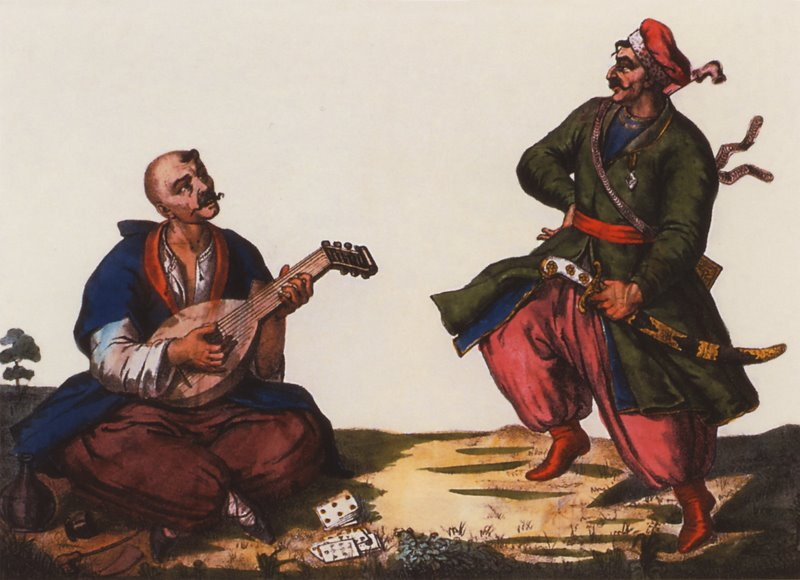
Although trousers have existed since ancient times and originated as practical wear for horseback warriors, the modern bifurcated trousers or pantaloons (from which we derive the modern word ‘pants') were, in the 17th century, initially borrowed and adapted from the Turkish şalvar (itself borrowed from the Persian wardrobe) at a time when there was a craze for Ottoman fashions in Europe. The Turkish şalvar also gives us sharovary, the traditional Ukrainian trousers.
Other Ottoman items of fashion that crossed the porous fashion frontiers separating these ostensibly warring empires and nations included the sleeved and fitted coat and jacket, the dress shirt worn as an overgarment rather than underwear and even the now-humble button. “Historically, there has been a tendency for fashion to be borrowed from centres of perceived power, even when the source is an adversary,” wrote the American scholar and fashion historian Charlotte Jirousek in Ottoman Costumes: From Textile to Identity. “Similarly the dress of the seemingly invincible Turk made a great impression on those who faced them in the marketplace and on the battlefield, particularly from the 14th to the 17th centuries.”

This “great impression” can be seen, for example, in the portraits of King Henry VIII or Queen Elizabeth I in which they are dressed in clothes obviously influenced by Ottoman fashions. One example is the portrait of Henry VIII painted by Hans Holbein the Younger in which the British monarch is dressed in fashion strikingly similar to that of Süleyman the Magnificent, including a short, loose coat which exposed an ornate undersleeve, not to mention the newly imported button and loop. His daughter's so-called Rainbow Portrait features Elizabeth I dressed in silks and jewels that are recognizably Ottoman and Oriental in style. It is possible the queen may have dipped into the ensemble of Turkish clothing sent her by Sultan Murad III around 1581.
The prototype of the modern suit, both as an outfit and its component parts, has been traced back by Jirousek and some other historians to the Ottomans, and namely the uniforms of the Janissary, the Sultan's elite troops, and their marching bands, a musical innovation which spread across Europe. When, as the ‘sick man of Europe', the Ottoman Empire began a top-down modernisation drive in the mid-19th century, it not only imported European technologies but also fashions, including the European suit, which was seen as alien by local conservatives, despite the subtle thread tying it to Ottoman sartorial traditions.
Hard as it is to picture today with the popular western image of Muslim women as downtrodden and oppressed, but some European and American women, especially early feminists, adopted Turkish women's fashions – and I don't mean the veil – as a form of emancipation. At a time when western women were not allowed to own their own property, the early suffragettes held up what they perceived as the superior economic and legal rights of Turkish women, who could own property, even though Muslim women were also subordinate to men and generally had less access to the public sphere than European women, as an example to emulate. Many of these same suffragettes also adopted Ottoman styles in homage. These included the famous 19th-century ‘Bloomers', also known as the Turkish dress, which was made up of a short skirt and trousers and shocked polite society by revealing the shape of women's legs. Bloomers were so far more practical than the elaborate women's fashions of the time that many suffragettes called them “freedom dresses.”.
Like the Turks, Egyptians have been dressing up in “western clothes” – or pimped up Ottoman clothes, if you prefer – since at least the 19th century, when the Muhammad Ali clan in Egypt started borrowing from European fashions. Despite repeated attempts by traditionalists to raise the profile of traditional apparel, it is widely regarded by Egyptians as, at best, folklorish or, worst, old-fashioned and low-class. In contrast, Gulf Arabs, who started this westernisation process later, in the second half of the 20th century, take much deeper pride in their traditional dress. But there too, the stitches holding people to their sartorial heritage are becoming frayed.
Politics and conflict can occasionally repair this wear and tear and lead to a revival of traditional dress. A case in point relates to the Palestinians. Once upon a time, the now-emblematic keffiyeh was worn only by farmers. The keffiyeh began its journey as the chequered banner of Palestinian nationalism during the Arab revolt against British rule in the 1930s while Yasser Arafat raised the status of this humble scarf to make it a worldwide symbol of Palestinian steadfastness and resistance. That said, contemporary urban Palestinians wear the keffiyeh in a completely different fashion, draped around the shoulders, where it has lost its traditional function as a protector of the head against the harsh Middle Eastern sun. It has also become a unisex headdress (or shoulderdress) amongst secular Palestinians.
Palestinian women have also revived the colourful traditional dress known as the thobe, which was once hand-stitched by the woman herself and whose complex colour palette and geometric patterns told stories about which town or village the woman was from. However, after the Nakba, women embroidered patterns that reflected the collective Palestinian experience of displacement.
Despite these patchy revivals, even the most conservative in society have succumbed to modern attire – at least when it comes to men, with their womenfolk left in public, though not at home, to carry the heavy, suffocating burden of regressive traditions. Just as the narrow-minded believe that a family's honour hangs by the flimsy thread of the hymen, they are convinced that conservative female attire is the only thing holding together the close-knit fabric of society and any freedom granted to women to dress as they please would tear the community apart and invite down the unadorned wrath of God.
I find it a form of bare-faced hypocrisy and naked misogyny how certain (ultra-)conservative Muslim men can dress in modern, even revealing, outfits while expecting and forcing the women in their lives to cover up in “traditional” garments. This trend is epitomised, in my eyes, by what I think of as the hipster salafi. From the neck up, he has the beard associated with his creed but he is so well-groomed that the casual observer may be unsure whether the facial hair is religious or simply a 21st-century cultural affectation. From the neck down, he is dressed in what he regards as a trendy outfit designed to showcase his body.
The hipster look is contradicted by the woman beside him. As if to say that men and women are cut from different cloth and to accentuate the chasm between male privilege and female underprivilege, the fabric saved from his skin-tight wardrobe has found a home in his wife/sister/mother's outfit. In contrast, the shadowy figure by his side is wearing a black garment so roomy that it could house a small family, concealing not only her womanhood but also her humanity.
Yet even under these circumstances, some innovation in conservative women's fashion is visible, for example in the plethora of styles and colours of modern hijabs. There are also women who have embraced and propelled a conservative revival by reintroducing or reinventing traditional dress. Some women have restyled and reappropriated the hijab to make it an accessory of modern female liberation by using it as their ticket into the public and professional domain in conservative, male-dominated societies.
Nevertheless, though they realise in their hearts that they are fighting a futile battle against modernity, a dwindling segment of Arab religious zealots determinedly resist the pull of this infidel imperialism by dressing up like their ancestors, or at least so they claim or believe. But they can sometimes pull the wool over their own eyes and end up dressing in ways that would have looked outlandish to their forebears too. In Egypt, for example, this is embodied in the jihadi chic prevalent among a certain cohort of salafis of a short galabiya worn over loose-fitting trousers. This salwar kameez fashion is not Egyptian but was brought back by returning Arab mujahideen who fought the Soviets in Afghanistan.
A similar historical confusion afflicts women's attire. In Islam, the scriptural evidence that women are required to wear the hijab is weak or confusing. In numerous societies which adopted Islam, women did not (initially) cover their hair or veil their faces, including the Turkic peoples and Indonesians. Moreover, in many places, such as in Egypt, historical practices were the inverse of contemporary ‘traditions': it was wealthy women who covered up when and if they went out in public, while women of more modest means dressed more practically and permissively.
In fact, historically, class was as much a determining factor of what people wore as gender. This is nowhere more apparent than in how what people today regard as “masculine” or “manly” and “feminine” or even “effeminate” was not always so. Consider the case of high heels. Nowadays, these shoes are considered the height of sexy or sexualised femininity and the only men who wear them are those who like to cross-dress.
In contrast to today's image of drag queens in stilettos, centuries ago, high heels were the exclusive footwear of warriors and kings, and initially served a practical purpose. High heels were used in the Middle East to help secure archers and other horseback fighters in their saddles. In the late 16th and 17th century, when a vogue for Persian fashions, similar to that for Ottoman styles mentioned earlier, swept across Europe due to the popularity of Shah Abbas I, high-heeled shoes were enthusiastically embraced by upper class European men to literally lift their status and, as they added inches to the heel, to raise them above the common folk.
The same goes for other gendered things like cosmetics, jewellery, perfume and rich fabrics like silk. Go west or go east, if you travel back in time, it was not your gender that determined whether you dressed in finery but your class.
If it is “unnatural” for men to adorn themselves, as conservatives often claim, then our ancestors did not get that memo, as can be seen in the royal courts of Europe during the early modern era when men's plumage was as fine as women's or finer. Or perhaps they drew inspiration from the peafowl. In bygone centuries in many Muslim countries, the colour in public spaces was provided by the men who strutted around like peacocks in their finest clothes, while the women, stripped of their finery when abroad, resembled peahens.
Another example is long hair. When I was at uni, young men with long hair were vilified and heavy metal fans were, quite literally, demonised in the media as “satanists” – which outraged and worried my head-banger friends, and rightly so. Not only was long hair pretty common in Egypt as recently as the 1970s, the prophet whom conservatives sought to emulate had “long al-masrubah which means hair growing from neck to navel”, according to a description attributed to Ali ibn Abi Talib, Muhammad's cousin.
This reveals how, even those who believe they are driven by tradition, often have their view of history distorted by their contemporary perceptions, concerns and prejudices. Rather than seeing history for the complex and diverse tapestry that it is they seek to tailor it to fit their own ends, cutting away or patching over the fragments that do not chime with their vision. More profoundly, the quest for authenticity by emulating the (perceived) styles of the past too often cloaks or mask a disaffection with or insecurity about the present and fear of the future. In contrast, as history shows us, a confident, self-assured society, may seek lessons from history, but has no trouble in shedding the adornments of the past, innovating in the present and borrowing from the rest of the world in its quest to create a new and unique future.
________
This is the extended version of an essay which first appeared in New Lines Magazine on 25 March 2022.

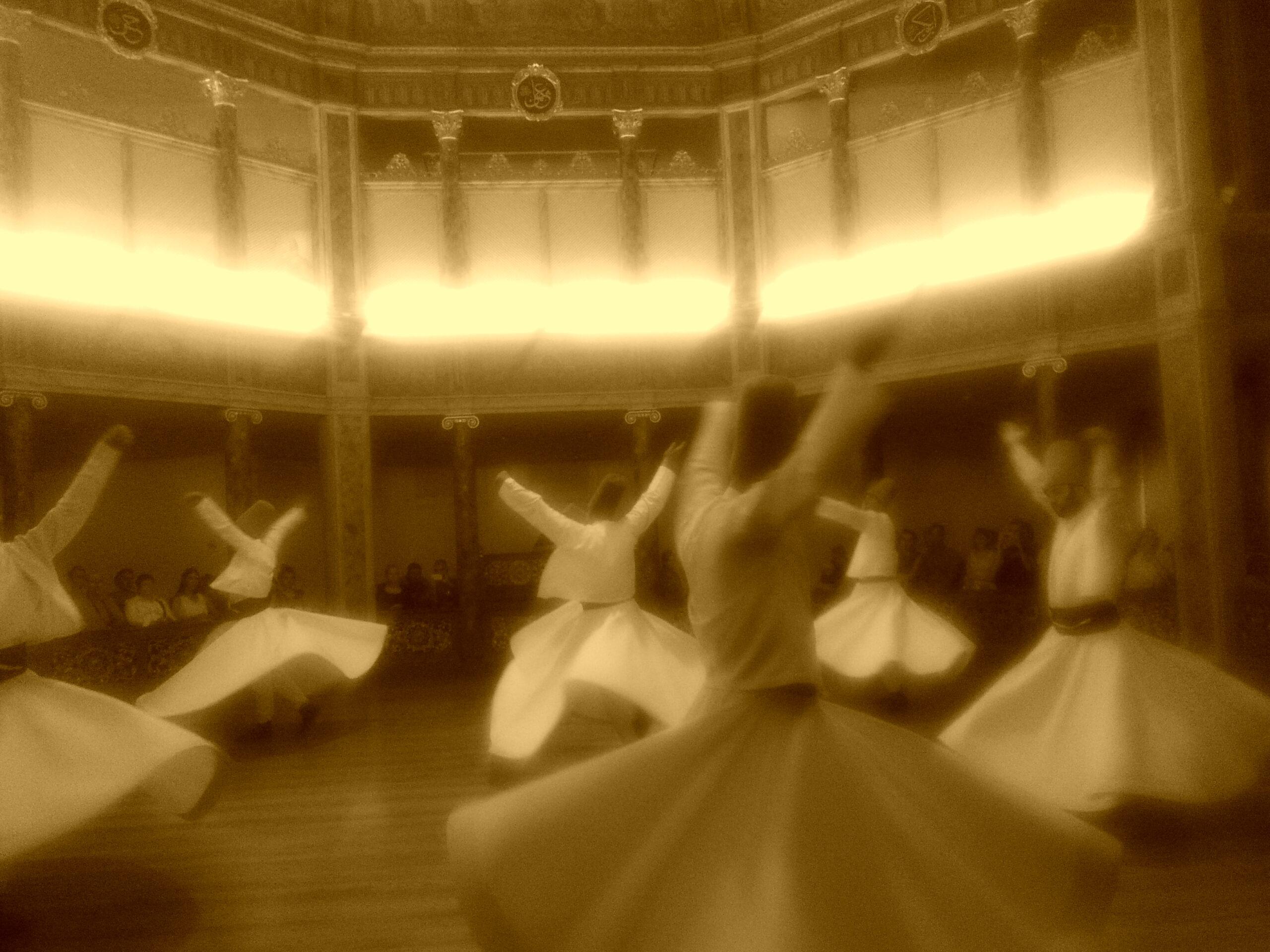

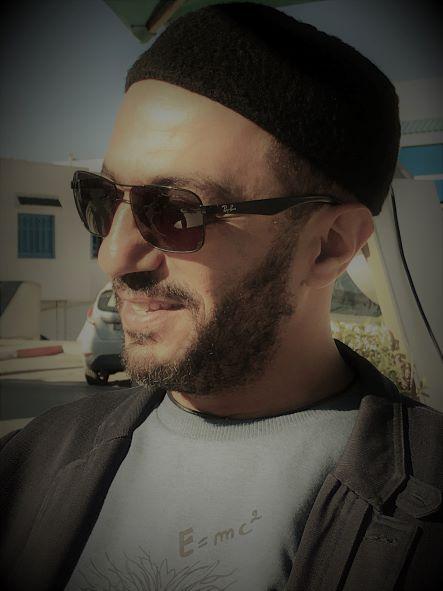
Pingback: Ziryab: Remembering the Sultan of Style - The Chronikler
A really good essay.
Yet I must disagree on a few points.
The idea that clothing styles must be free to continually change is a purely philosophical allegiance – even a dogmatic one – to Enlightenment ideology.
Do human bodies change every few years, therefore requiring new cuts and types of clothing?
Have sandals improved since ancient times?
The answer is no.
Therefore, clothing styles are art forms used to indicate obedience to society, status, sex, personal aesthetics, sub-culture, etc.
These signifiers are only necessary because we live in large societies where everyone cannot possibly know everyone else.
All the things which clothing signifies could be concentrated in a small amount of jewelry, leaving clothing as a mainly practical, purely personal choice.
Clothing is expensive to manufacture and to maintain.
A considerable amount of water, land area, and energy has to be allocated for this.
I believe we should at least consider a future in which most of this burden has been discarded or offloaded to another signifying system.
Such a situation might be precipitated by the ascendancy of a world culture in which sexual, occupational, age related, and other distinctions had either become fixed by law or had become irrelevant since the social structure had been deliberately granualized.
By this I mean that everyone lived in closed communities which were confined to one block (a contiguous land parcel with no public thoroughfares) and had such authority as is now typical of provinces.
In such a system, communities could not contain more than a few hundreds of persons, so everyone could know everyone else, and strangers would be rare.
In other words, a high density version of the original human condition.
There would be, then, no need for status signifiers of distinction aside from the occasional stranger.
Another point of disagreement arises from your claim that Arab men who are militant about Islam or anti-Westernism are being sexist in their clothing choices.
I suppose this depends to an extent on ones definition of sexist.
Mine does not include those who think the sexes should be equal but have separate functions and customs.
The men who are showing themselves off in their clothing but insist women do not are simply following part of our nature.
Both mammal and bird species which are not monogamous show considerable sexual dimorphism.
That is, the male and female of the species look significantly different when that species is promiscuous.
The males are invariably brighter colored and/or have anatomical features devoted solely to sexual signaling.
Given the fair differences between men and women on this score, one would expect men to be more concerned with bodily decoration and display than women.
In particular, one would expect them to groom and call attention to their body hair, particularly their beards.
That it has become the opposite in modern civilizations is, in my view, entirely due to social engineering conducted over a very long period of time.
The militant young men you complain of are, intuitively and crudely, attempting to force a return to something closer to original conditions.
In sum, despite your excellent survey of the inconsistencies of the struggle over clothing styles between liberals and conservatives (as with the struggle over the authority of the Bible and that over the U.S. Constitution) you are clearly on the liberal or pro-Western side. Conservatism always leads to more contradictions, but liberalism always ends up alienating the masses.
I think we need another solution.
One thing which I wish you would expand on is how much of W. Eurasia’s clothing fashions originated in Iran.
Given that much of the basis for Christianity and Western occultism originated in Iran as well, I think an investigation is in order.
Again, a well written, engaging, and informative piece.